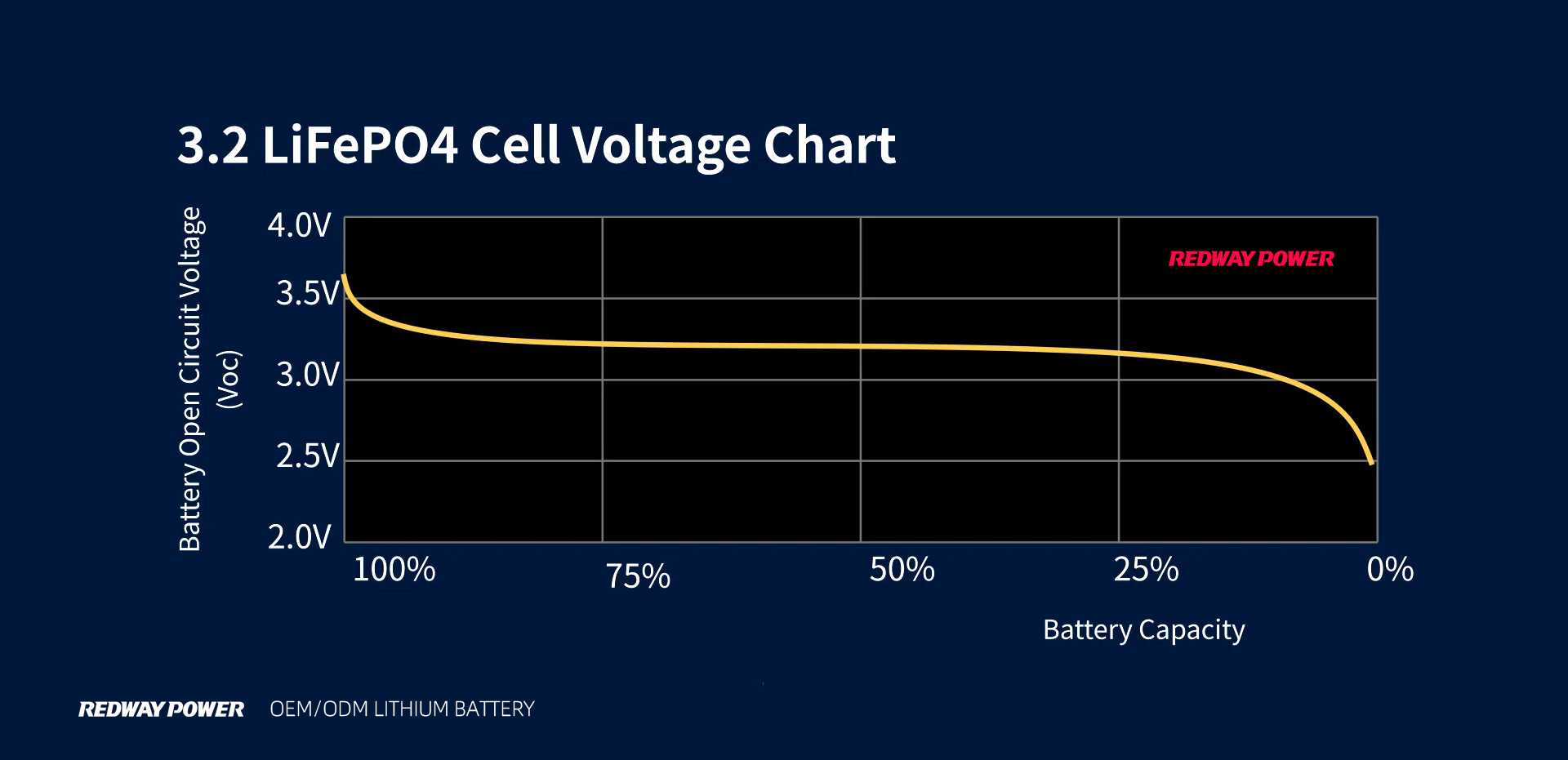The best float voltage for LiFePO4 batteries is typically around 3.4V to 3.45V per cell (13.6V to 13.8V for a 12V system). This range balances longevity and performance, avoiding overcharging while maintaining sufficient charge.
Understanding Float Voltage
Float voltage is a critical aspect of battery management systems (BMS) designed to maintain batteries in a fully charged state without causing damage. For LiFePO4 batteries, the float voltage is lower than the maximum charging voltage but high enough to keep the cells balanced and ready for use.
Key Characteristics of Float Voltage:
-
Prevents Overcharging: By maintaining a specific voltage level, float charging prevents overcharging, which can lead to overheating and potential failure.
-
Balances Cells: Float voltage helps in balancing the individual cells within a battery pack, ensuring uniformity in charge levels.
-
Maintains Readiness: Keeping the battery at float voltage ensures it is ready for immediate use when needed.
Optimal Float Voltage for LiFePO4 Batteries
The recommended float voltage for LiFePO4 batteries typically ranges between 3.3V to 3.4V per cell. For a standard 12V LiFePO4 battery pack, this translates to a float voltage of approximately 13.2V to 13.6V. Here’s a breakdown:
-
Single Cell: 3.3V – 3.4V
-
12V Battery Pack (4 Cells): 13.2V – 13.6V
Why This Range?
- Safety: Staying within this voltage range minimizes the risk of thermal runaway and extends battery life.
- Performance: Maintaining this float voltage ensures that the battery remains fully charged and ready for use without degrading its capacity.
- Compatibility: Most BMS systems are designed to operate effectively within these voltage limits, enhancing overall battery management.
Importance of Proper Float Voltage Settings
1. Extending Battery Life
Using the correct float voltage can significantly extend the lifespan of LiFePO4 batteries:
-
Cycle Life Improvement: Properly managed float charging can increase cycle life from 3,000 cycles to upwards of 5,000 cycles.
-
Capacity Preservation: Maintaining an optimal float voltage helps preserve capacity over time by preventing excessive wear on battery cells.
2. Enhancing Safety
Safety is paramount when dealing with lithium batteries:
- Thermal Management: Keeping the battery at an appropriate float voltage reduces heat generation during charging cycles, mitigating risks associated with overheating.
- Protection Against Failure: A well-managed float charging system can prevent conditions that lead to catastrophic failures.
Best Practices for Maintaining Float Voltage in LiFePO4 Batteries
To ensure your LiFePO4 batteries are maintained at optimal float voltages, consider these best practices:
1. Use a Quality Battery Management System (BMS)
A robust BMS is essential for monitoring and managing float voltages effectively:
-
Ensure that your BMS is specifically designed for LiFePO4 chemistry and includes features such as overvoltage protection and cell balancing.
2. Regular Monitoring
Regularly check your battery’s performance metrics:
-
Use tools like multimeters or BMS interfaces to monitor voltage levels and ensure they remain within recommended ranges.
3. Follow Manufacturer Guidelines
Always adhere to guidelines provided by the manufacturer regarding charging voltages and currents:
- Each battery model may have specific requirements that should be followed for optimal performance.

Data Chart: Recommended Charging Voltages for LiFePO4 Batteries
| Charge Stage | Recommended Voltage |
|---|---|
| Bulk Charge | Up to 14.6V |
| Absorption Charge | 14.2V – 14.6V |
| Float Charge | 13.2V – 13.6V |
FAQs About Float Voltage for LiFePO4 Batteries
What happens if I set the float voltage too high?
Setting the float voltage too high can lead to overcharging, which can damage cells and reduce overall lifespan.
How often should I check my float voltage?
It’s advisable to check your float voltage regularly—at least once every few months—to ensure it remains within safe limits.
Can I use any charger for my LiFePO4 batteries?
No, always use chargers specifically designed for LiFePO4 chemistry to avoid damaging your batteries.
Latest News on Lithium Battery Technology
Recent advancements in lithium battery technology focus on improving efficiency and safety:
- Researchers are developing smarter BMS technologies that adapt charging profiles based on real-time data.
- Innovations in materials are being explored to enhance energy density while maintaining safety standards.
Latest News in LiFePO4 Battery Technology (2025)
1. Solid-State LiFePO4 Batteries Achieve Commercial Viability
Researchers have successfully scaled up solid-state LiFePO4 batteries, offering higher energy density and improved safety for EVs and grid storage.
2. Self-Healing LiFePO4 Cells Extend Lifespan by 50%
A breakthrough in self-repairing electrode materials has significantly reduced degradation, pushing LiFePO4 cycle life beyond 10,000 cycles.
3. AI-Optimized Charging Cuts LiFePO4 Charging Time in Half
New AI-driven charging algorithms dynamically adjust voltage and current, enabling faster charging without compromising battery health.
Conclusion
In conclusion, maintaining the correct float voltage for your Lithium Iron Phosphate (LiFePO4) batteries is crucial for ensuring safety, optimizing performance, and extending lifespan. By adhering to recommended voltage ranges and implementing best practices in battery management, you can maximize your investment in this advanced energy storage technology.For customized lithium solutions tailored specifically to your needs—whether for automotive applications or renewable energy systems—contact Redway Battery today for a quick quote!




